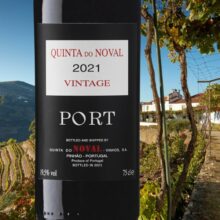
Product information
Quinta do Noval Colheita Tawny Port 1976
Port from Portugal, Douro
$950
Description
Another beauty in this wonderful Noval lineup, this, like so many of them, opens so rich and viscous that it seems simply astonishing that it is really this mature. It seems burly and youthful, fresh and invigorating. True, given the 2012 bottling date, it has not done much settling in the bottle—and those first tastes are often amazing. However, it was retasted in the USA as well some months later and over several days to boot. That rich, decadent first attack was still stunning a couple of days later, although the character and complexity were beginning to emerge then as well. Sugary on the finish, with those whiffs of brandy in the background despite the 21% listed alcohol, this showed fine grip and tannic power on the finish, yet it managed to maintain its balance thanks to the acidity mingling with the sugar. The lurking power is not always lurking, but the molasses-laced finish here is long and remarkable. That juicy finish simply made my mouth water. Every time I went back to it, it seemed quite spectacular. It is probably not coincidental that this was just recently bottled—no doubt it will calm down with time in the bottle—but I sure do adore this incarnation of it. Tasted 2012
Mark Squires, The Wine Advocate 96 Points
A ‘Colheita’ translates to a vintage. In reference to a port, it’s a vintage port that undergoes extended ageing in barrel prior to bottling just like a tawny, but, without being blended with any other vintage. Ageing can be for periods from a few years to decades later. This wine was bottle 38 years after the vintage in 2012.
In stock

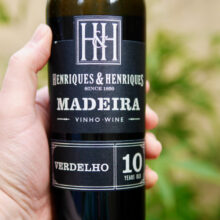
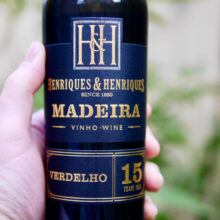
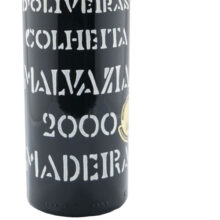
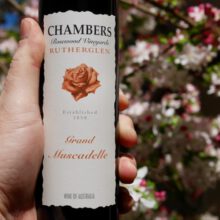
You must be logged in to post a comment.